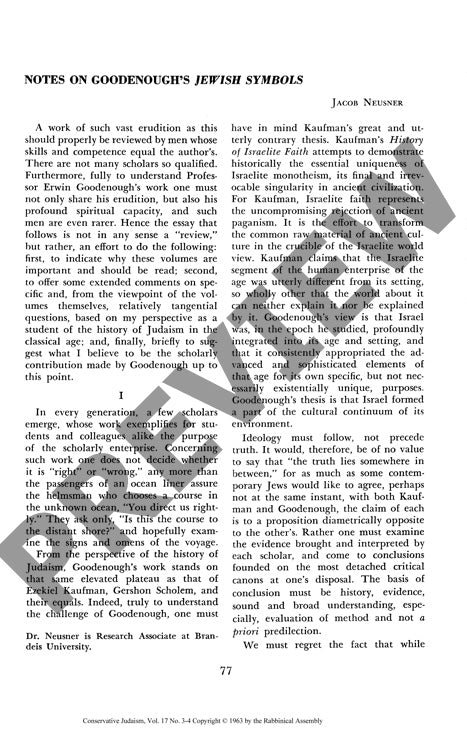Notes on Goodenoughs Jewish Symbols
Couldn't load pickup availability
Ancient Judaism was far more diverse and culturally fluid than traditionally assumed, as revealed through Erwin Goodenough's groundbreaking analysis of Jewish symbols in the Greco-Roman period. His monumental work presents compelling archaeological evidence for a distinct form of Hellenistic Judaism that freely incorporated mystical and symbolic elements from Mediterranean religious culture—a finding that challenges conventional views of a monolithic rabbinic orthodoxy. Through careful examination of Jewish artifacts, synagogue decorations, and funerary art from Palestine and the diaspora, Goodenough demonstrates how Jewish communities appropriated pagan symbols and artistic forms while maintaining their fundamental Jewish identity. This interpretation stands in marked contrast to Ezekiel Kaufman's thesis regarding the essential uniqueness and isolation of Israelite monotheism. The archaeological record supports Goodenough's position, showing that these borrowed symbols were not merely decorative but functioned as meaningful elements within a broader religious symbolic language shared across ancient cultures. Through analytical evaluation of Goodenough's interpretative approach, this research reveals how Jewish communities successfully integrated mystery religious elements with traditional Jewish legalism, necessitating a fundamental revision of our understanding of Judaism in the classical period.

More Information
-
Physical Description
-
Publication Information
Published 1963
ISBN
-
Publication Credits
Jacob Neusner

